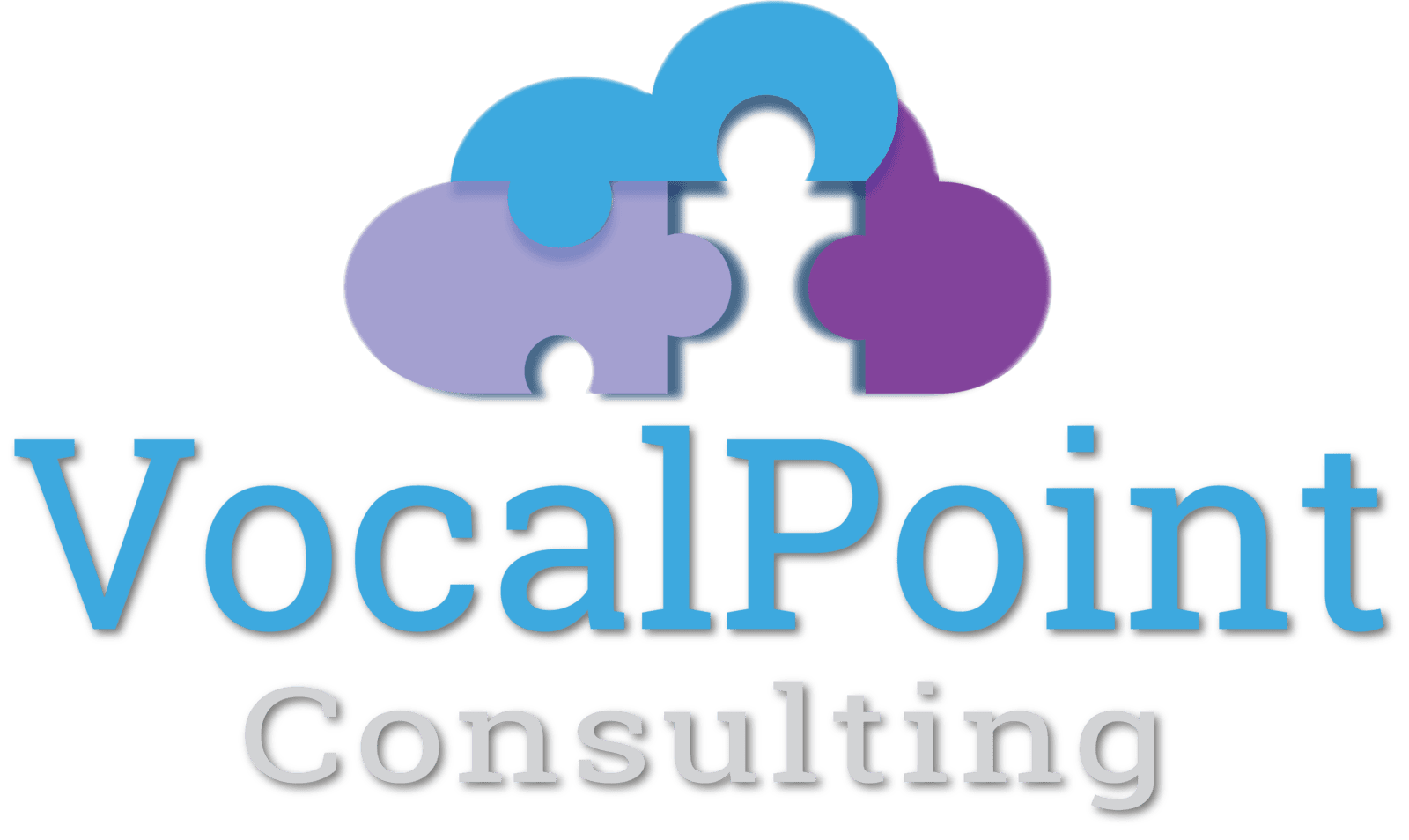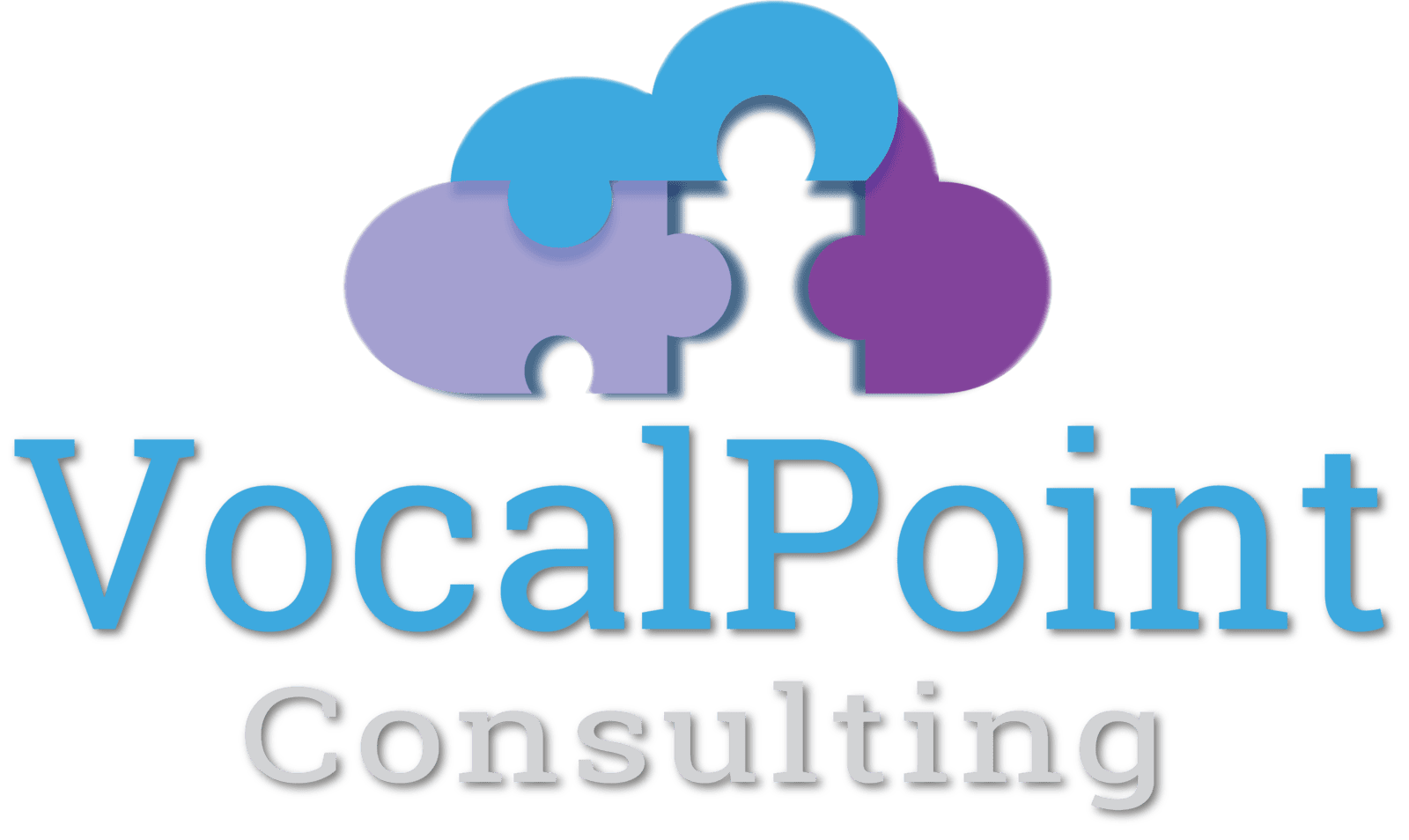Cloud services do bring a variety of benefits, with cost-effectiveness typically being the most touted. The
issue is that cloud costs can quickly get out of hand if companies fail to use the right approach. In a
landscape where organizations increasingly need cost-conscious strategies to protect their bottom lines,
knowing how to manage cloud expenses effectively is a necessity. Fortunately, the process is often
easier than companies expect.
How to Effectively Manage Cloud Costs This Year and Beyond
Review Vendor Pricing Information
While many companies have contracts that dictate the cost of their cloud services, reviewing the pricing
information regularly remains a necessity. As with other expense categories, the cost of services can
change over time, and they usually trend upward in response to various economic factors.
Spend time checking recent billings, existing contracts, and renewal contract pricing. That ensures your
organization is well-informed about what it’s paying and what it’s receiving in return. Plus, checking
recent bills creates opportunities to spot anomalies that may need addressing.
Conducting a price comparison is also wise if your current vendor is instituting significant price
increases. While changes to the cost could reflect an overall trend – meaning other providers may also
have upwardly trending prices – that isn’t always the case. By exploring the price of competitor services,
you may discover that a new vendor can bring your costs down significantly, and that may make
switching worth considering.
Prevent Unauthorized Growth
Once a company transitions to the cloud, many leaders, managers, and employees assume that
transitioning more than was originally intended to the service is the best choice. The issue is that
unchecked cloud service growth causes costs to increase quickly and unexpectedly, making it hard to
keep this critical expense category in check.
Have policies and procedures in place to assess whether specific activities, data, or resources genuinely
need to transition to the cloud. That way, you can support healthy growth while preventing anything
unnecessary from shifting to a cloud-based solution, making it easier to control the overall cost of
services.
This approach also ensures that transition planning is part of the equation. Leaders, managers, and
employees can’t simply shift segments of an operation to the cloud. Instead, they must engage with a
dedicated set of decision-makers and align their requests with internal policies. That can ensure that the
proper evaluations and strategic roadmaps are developed before authorization is granted.
Audit for Unutilized or Idle Resources
Provisioned resources that are unutilized or idle can cause companies to pay more for their cloud
services than is necessary. By identifying resources that weren’t properly de-provisioned or are potential
targets for consolidation to lower resource use, organizations can potentially save a significant sum on
their cloud services.
What’s critical to remember is that saving idle resources for potential spikes or seasonal peaks isn’t
typically necessary. Autoscaling, on-demand, and load balancing features commonly available through
providers make holding that capacity unnecessary, so make sure to leverage those abilities to keep costs
down until more resources are actually required.

